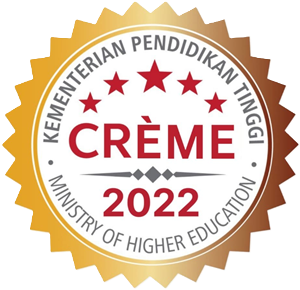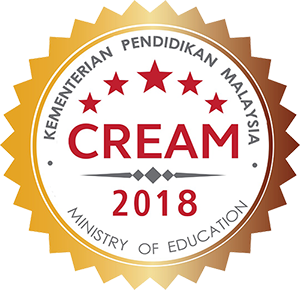TERPENOID-RICH METABOLITES FROM NEONOTHOPANUS NAMBI AS POTENTIAL TOPICAL ANTIBACTERIAL AGENT AGAINST MRSA: BIOMARKER QUANTIFICATION AND TOXICITY EVALUATION
DOI:
https://doi.org/10.26525/jtfs2025.37S.SI.83Keywords:
Methicillin-resistant Staphylococcus aureus, MRSA skin infections, basidiomycetes, secondary metabolites, antibacterialAbstract
The bioluminescent basidiomycetes Neonothopanus nambi FRIM550, produces secondary metabolites with potential antibacterial activity against methicillin-resistant Staphylococcus aureus (MRSA), which causes serious acute and chronic skin infections. A dimeric sesquiterpenoid known as aurisin A was identified as the anti-MRSA marker compound. Aiming at exploring terpenoid-rich metabolites from N. nambi as a novel topical antibacterial agent, this study describes biomarker compound quantification for quality control and toxicity evaluation of the active ingredient for therapeutic applications. Culture filtrate of N. nambi FRIM550 from stirred-tank bioreactor fermentation was extracted and subjected to column chromatography to isolate the terpenoid-rich active ingredients (TRAI), which exhibited strong inhibition against reference MRSA and clinical FRMRSA (fusidic acidresistant MRSA) strains. TRAI showed a minimum inhibitory concentration (MIC) of 3.91 and 7.81 μg mL-1 against MRSA and FRMRSA, respectively. A method for quantitative analysis of aurisin A was developed using reversedphase HPLC coupled with a diode array detector (HPLC-DAD). In vitro toxicity evaluation showed that TRAI did not adversely affect the viability of BALB/3T3 clone A31 (fibroblast) cells at the anti-MRSA MIC concentrations, showing more than 90% cell viability. In vivo acute dermal toxicity study indicated that topical administration of a formulation containing 2% (w/w) TRAI was non-irritant with no signs of toxicity or mortality and no gross abnormalities in any of the organs in test animals during the 14-day period, showing a median lethal dermal dose (LD50) of > 2000 mg kg-1 body weight. Moreover, in vivo acute oral toxicity study showed that oral administration of TRAI at a dose of 2000 mg kg-1 body weight did not result in adverse behavioral changes or death in the animals, and no gross abnormalities were observed in any of the organs. Therefore, TRAI did not cause any treatmentrelated adverse effects in the rats at 2000 mg kg-1 dose. Our results are significant as they highlighted the potential use of the terpenoid-rich active ingredients from N. nambi FRIM550 to develop alternative treatments for MRSA skin infection.









